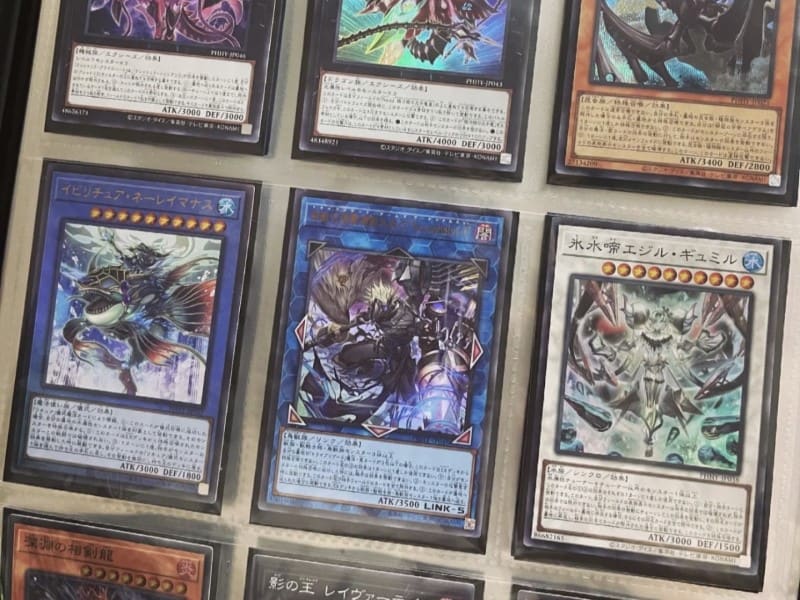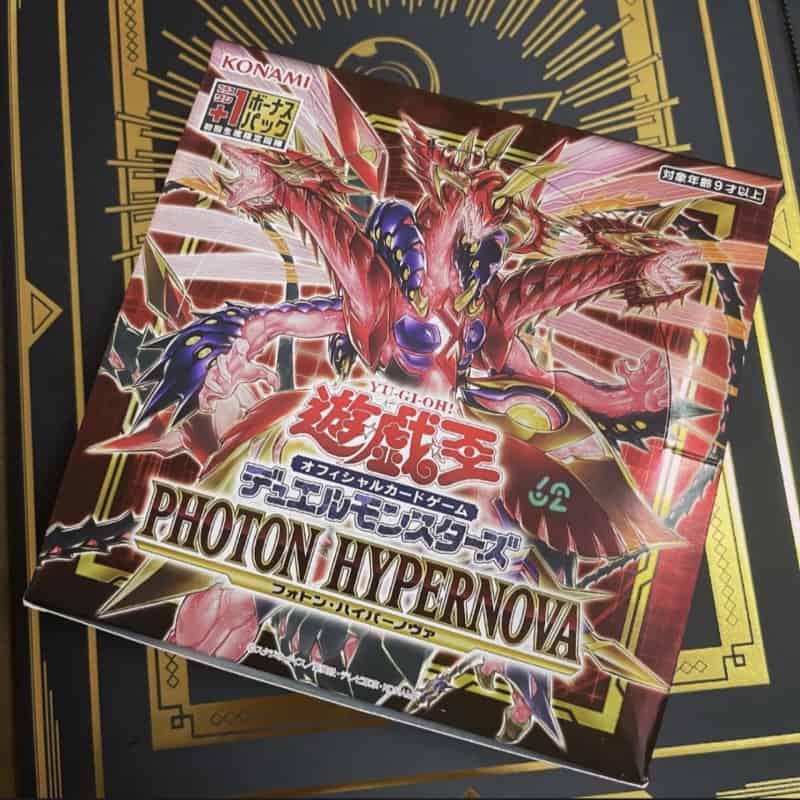Are you a collector or player of the Yu-Gi-Oh! trading card game? Have you ever wondered if those elusive Japanese OCG cards are worth the extra investment? Join us as we learn the world of Yu-Gi-Oh collecting and explore the actual value of these cards in the current market. So, are Japanese Yu-Gi-Oh cards worth more than their English counterparts?
Japanese Yu-Gi-Oh OCG cards may fetch higher prices due to their rarity & popularity among Japanese collectors. However, compared to English TCG, they are not worth more. It’s vital to note that the OCG cards are not legal for use in Trading Card Game tournaments in the United States and Europe.
Japanese OCG cards offer unique artwork and exclusive rarities. They are called Original Card Game cards and hold unique appeal for dedicated Yu-Gi-Oh fans in China, Japan, and Korea (the OCG player base). While there are some minor differences in rarity value, they are generally not worth more or less than English cards. In light of that, let’s take a closer look at the value of Japanese Yu-Gi-Oh cards.

Japanese OCG Yu-Gi-Oh! Cards: Rarity, Popularity, And Value
It’s important to note that while some Japanese OCG cards may fetch higher prices due to their rarity and popularity among collectors, they are generally not considered worth more than English Yu-Gi-Oh TCGs. However, the value of these cards goes beyond just tournament playability.
These cards’ unique artwork, exclusive rarities, and cultural appeal make them valuable to any collection.
That said, let’s dive deeper into the world of Japanese OCG Yu-Gi-Oh cards. We will explore why these cards are popular among collectors. We’ll also compare the rarity and value of Japanese OCG and English TCG cards, examine the unique artwork of Japanese OCG cards and discuss the “waifu tax” impact on their value and legal status in TCG tournaments.

Why Japanese OCG Cards Are Popular Among Collectors
When collecting Japanese OCG cards, one of the biggest draws is their popularity among collectors. But what is it that makes these cards so desirable?
One reason is their unique artwork, which often differs from the English TCG version of the card. This can make them more visually appealing and more enjoyable to collect. Additionally, Japanese OCG cards often have exclusive rarities that can’t be found in the English TCG version, making them even more sought after by collectors.
Another reason for their popularity is the cultural appeal of these cards. In Japan, China, and Korea, Yu-Gi-Oh! is a cultural phenomenon and a significant player base in these countries plays the OCG version of the game. This has led to a strong community of collectors and players dedicated to the OCG version.
In short, the unique artwork, exclusive rarities, and cultural appeal all contribute to the popularity of Japanese OCG cards among collectors. So, whether you’re a hardened collector or just starting out, it’s worth considering adding Japanese OCG cards to your collection.
Comparing Rarity And Value Of Japanese OCG And English TCG Cards
Regarding the value of Japanese OCG and English TCG cards, it’s essential to understand that there can be some differences in rarity and value. However, it’s important to note that these differences do not necessarily mean that Japanese OCG cards are worth more or less than English TCG cards.
One thing to remember is that Japanese OCG cards often have exclusive rarities, such as the Holographic Rare, which is not found in the English TCG version. The Holographic Rare is a rarity level that is exclusive to the Japanese OCG version of the game, and it is also a very rare card level, with only 75 printed as of July 2022. This can make these cards more valuable to collectors.
English TCG cards also have their own range of rarities. For example, Modern Super Rares have holofoil artwork and attribute/level icons. Older Super Rares only have holofoil artwork. Ultra Rares are similar to Super Rares but have gold foil wording on the card name. Secret Rares have rainbow-colored foil applied to the card name, attribute, artwork, and level.
It’s also important to note that the value of these cards can also depend on the current market and demand. Some cards may be more in demand at certain times, leading to a temporary increase in value.
Exploring The Unique Artwork Of Japanese OCG Yu-Gi-Oh! Cards
One of the unique features of Japanese OCG Yu-Gi-Oh cards is the artwork that is featured on them. Many collectors find the artwork on Japanese OCG cards more detailed and intricate than the artwork on English TCG cards. This can make them more desirable to collectors who appreciate the artistry of the cards.
It’s also worth noting that the artwork on Japanese OCG cards can vary from the artwork on English TCG cards. This can be due to cultural differences and artistic styles. However, some artwork may be modified for censorship reasons, such as religious symbols, violence, gore, blood, guns, weapons, and sexual content. Additionally, some Japanese OCG cards have retroactive edits made to their artwork.
This can make them more unique and special to collectors interested in the game’s cultural aspect. It’s also worth noting that the artwork on Japanese OCG cards can vary even within the OCG itself, as different sets and editions may feature different art styles. This can add to the variety and collectability of the cards.
In short, the artwork on Japanese OCG cards may not necessarily make them more valuable from a gameplay standpoint. It can make them more desirable to collectors who appreciate the cards’ artistry, cultural aspects, and retroactive edits.
The Impact Of Waifu Tax On The Value Of Japanese OCG Cards
The term “waifu tax” refers to the phenomenon of certain cards, often featuring popular characters or artwork, fetching higher prices due to their desirability among fans. A fun fact is that the waifu factor also influences the TCG market.
In the context of Yu-Gi-Oh, “waifu” is a term used to describe a fictional female character that a fan strongly attaches to or respects. This can be particularly prevalent in the market for Japanese OCG (and TCG) cards, as the popularity of certain characters or artwork can vary between cultures.
It’s worth noting that the impact of the “waifu tax” on the value of Japanese OCG cards can vary depending on the specific card and the current market conditions. Some cards may significantly increase in value due to their popularity, while others may not be affected as much.
It’s also worth noting that the “waifu tax” impact can be more pronounced for cards considered rare or difficult to obtain. This is because the increased demand for these cards can drive up the prices even more.
In short, the impact of the waifu tax can be a factor to consider when evaluating the value of Japanese OCG cards; it is not the only factor since it can also vary depending on the specific card and the current market conditions.
Japanese OCG Cards And Their Legal Status In TCG Tournaments
Japanese OCG cards, also known as Original Card Game cards, are not legal for use in Trading Card Game (TCG) tournaments in South America, North America, and Europe. This is because these tournaments are organized and governed by the TCG, which has different rules and card pools than the OCG.
However, while they may not be legal for use in TCG tournaments, Japanese OCG cards are still highly sought after by collectors and fans of the Yu-Gi-Oh franchise. Some players may choose to use these cards in casual games or tournaments organized by the OCG in Asia.
It’s also worth noting that some Japanese OCG cards have been reprinted and made legal for use in TCG tournaments. These cards will have a different card number and set symbol than their original OCG versions.
In short, while Japanese OCG cards may not be legal for use in TCG tournaments, they are still highly valued by collectors and fans of the Yu-Gi-Oh franchise. And if you’re looking for cards for casual or OCG tournaments in Asia, these cards can be a great option.
Conclusion
In the end, Japanese OCG cards may be rare and highly sought after, but they’re not legal in TCG tournaments. However, for the true Yu-Gi-Oh enthusiast, these cards are worth the extra investment for their unique artwork and exclusive rarities. So, let your collection shine, and remember always to keep an open mind and heart toward the game.